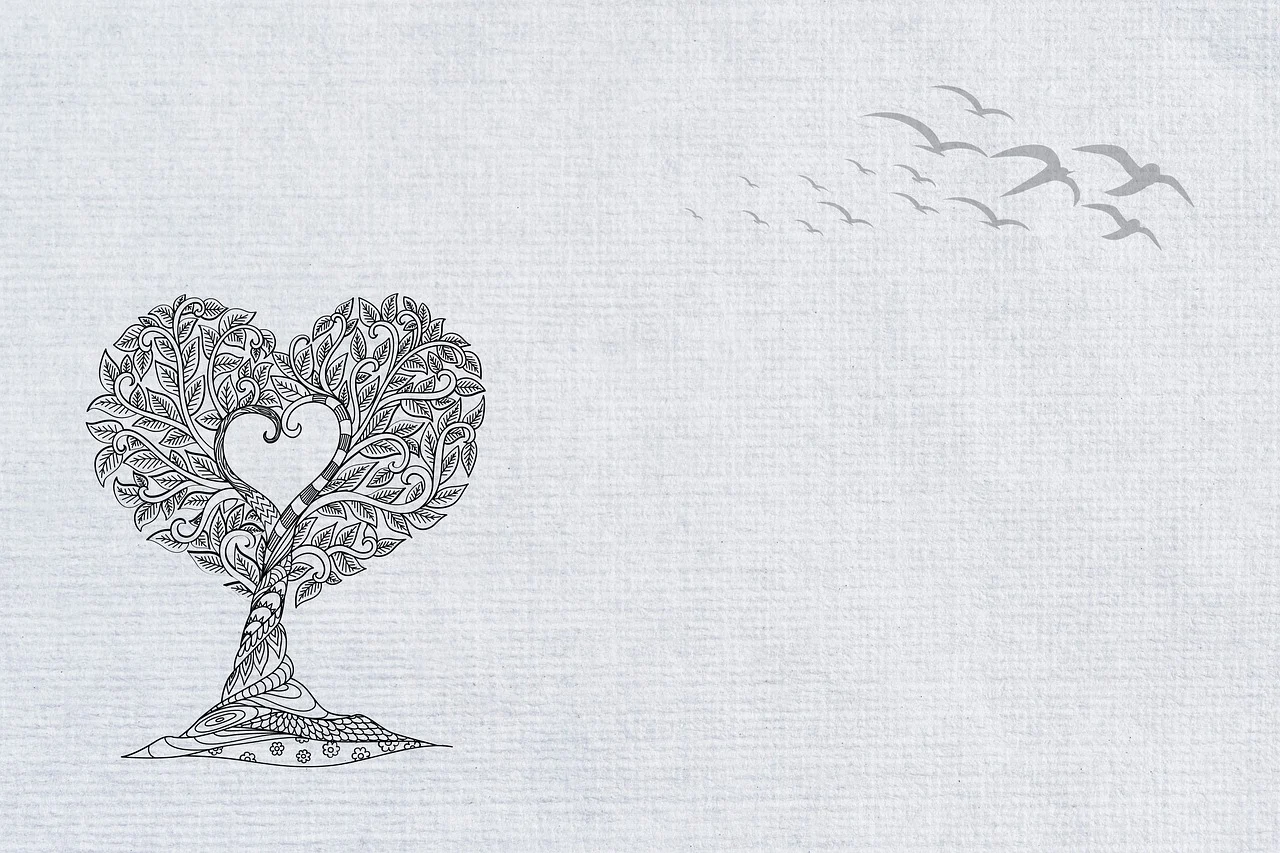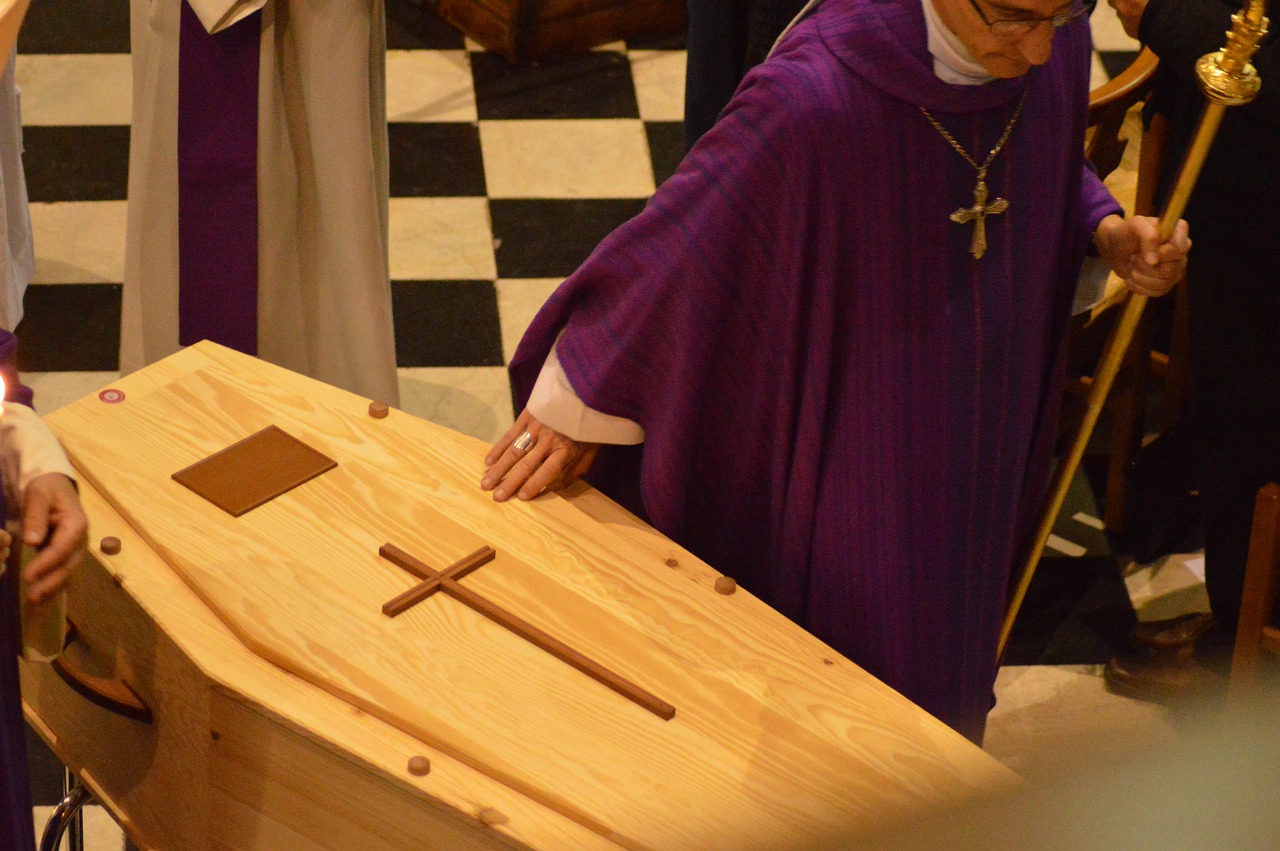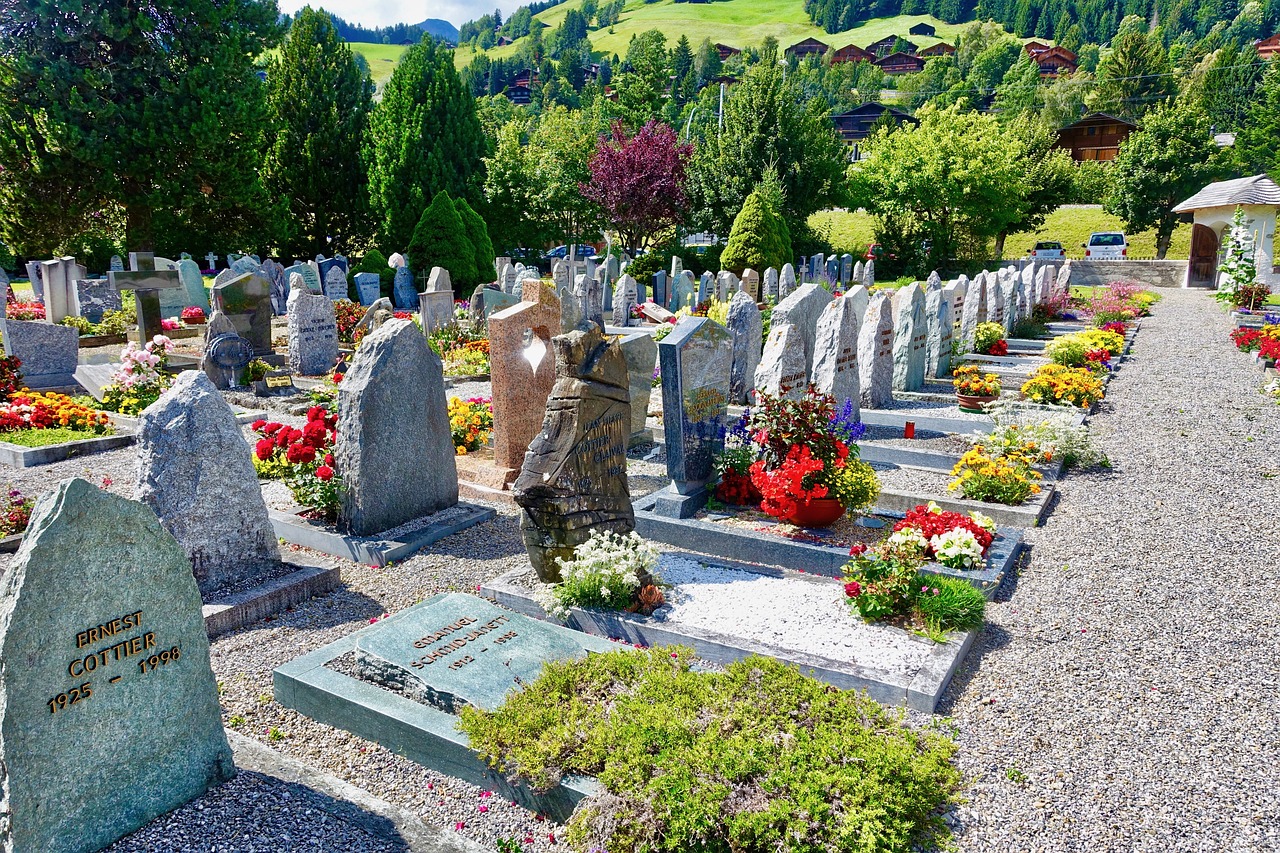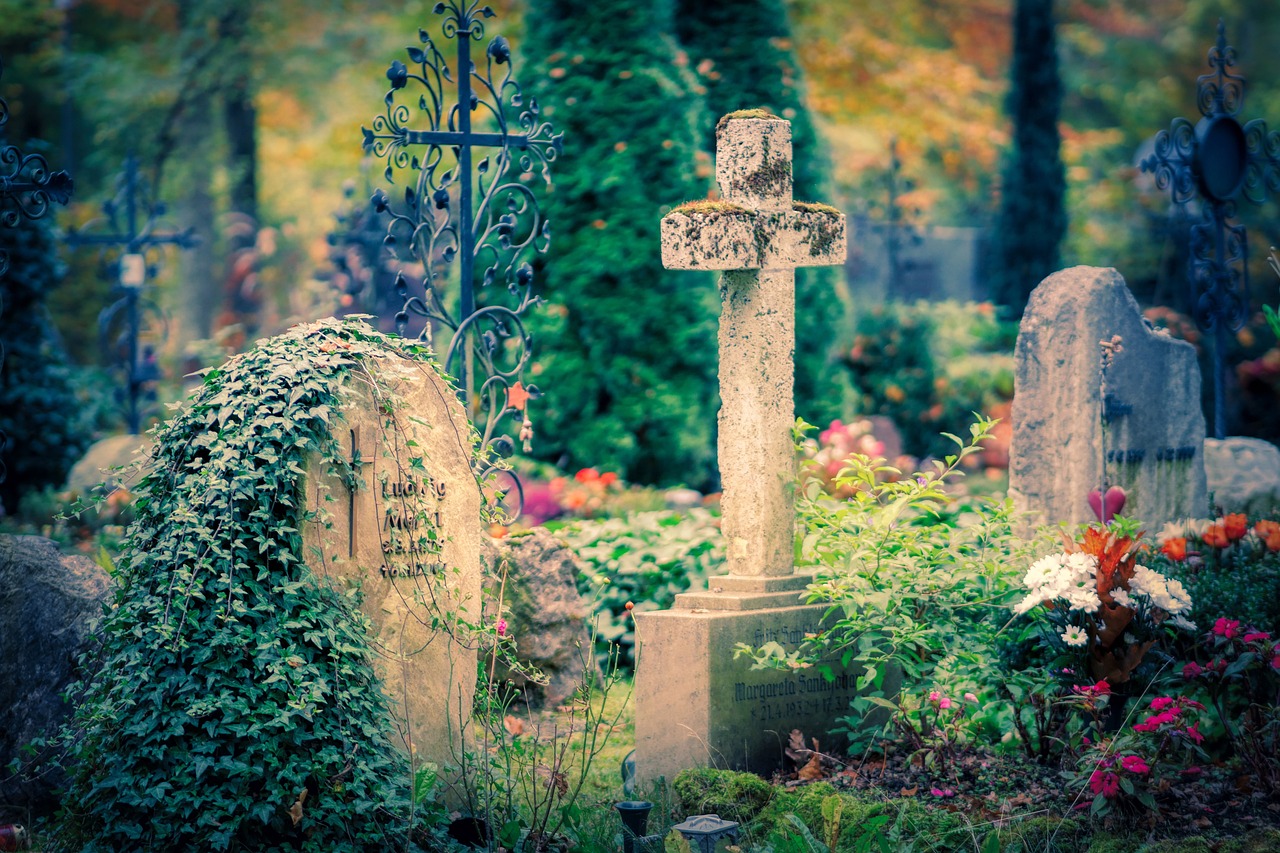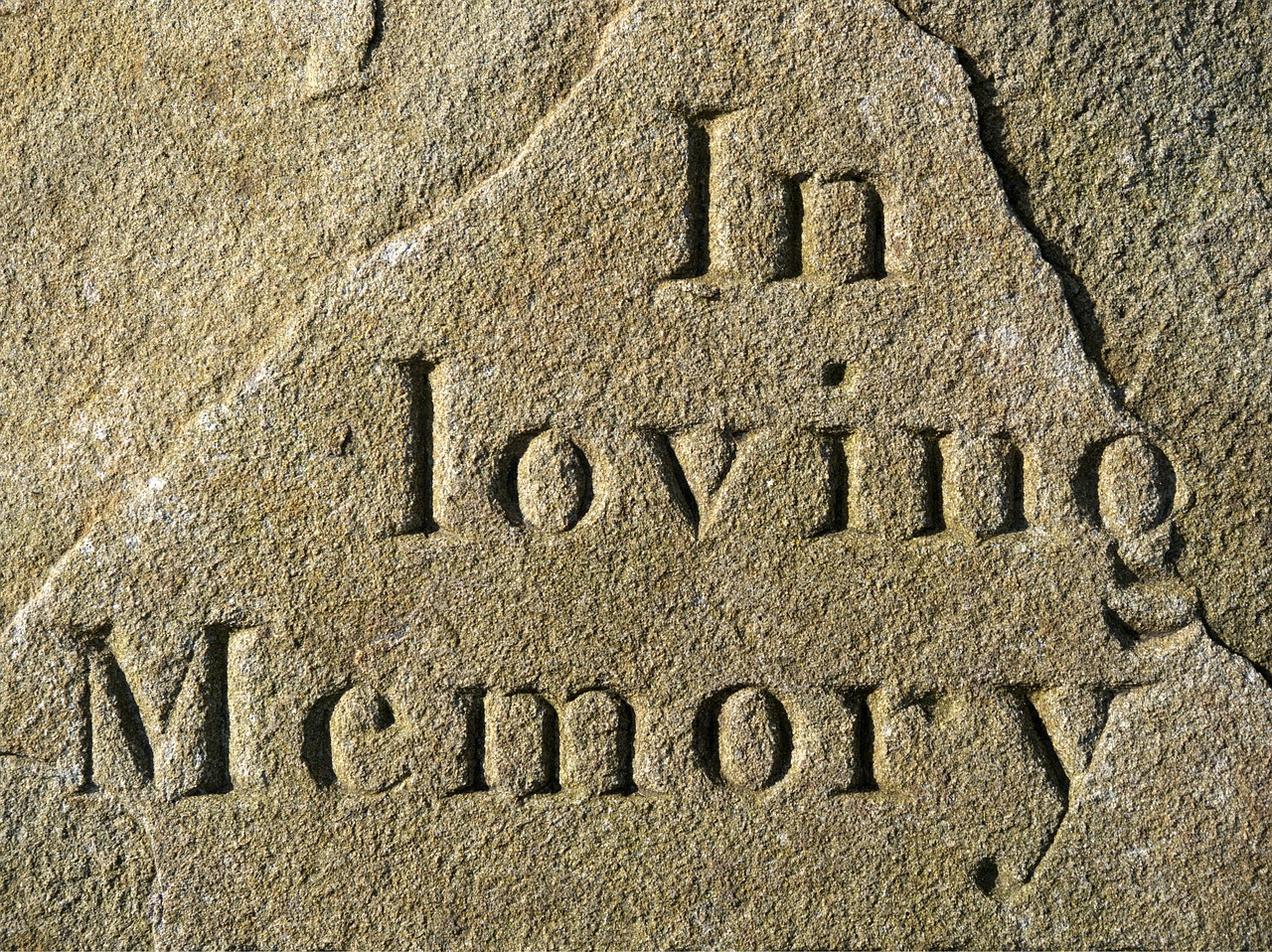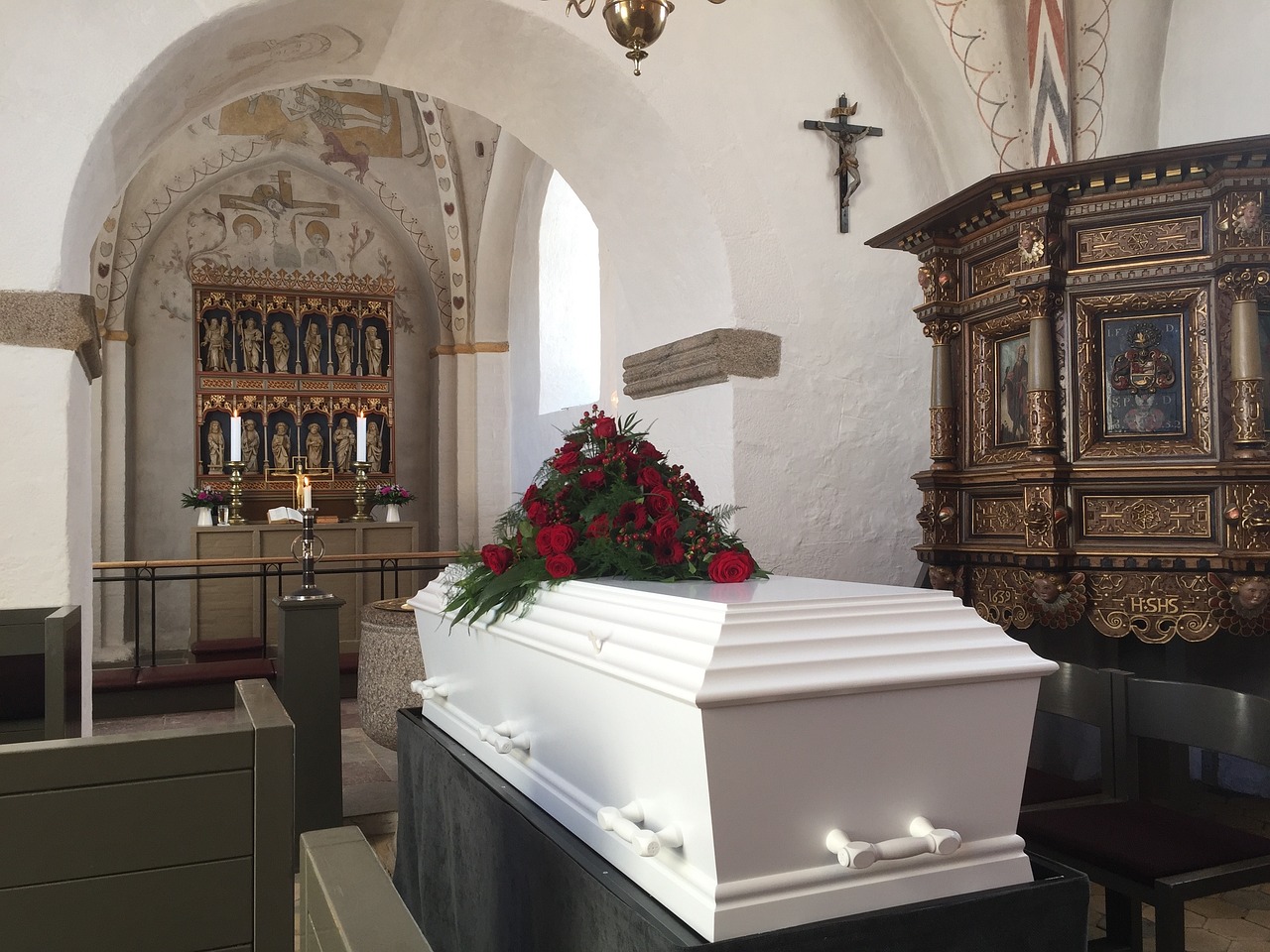Memorial cards, also known as funeral cards or remembrance cards, play a vital role in commemorating the life of a departed loved one. These cards serve as poignant keepsakes, providing comfort and honouring the memory of the deceased. Crafting a memorial card involves thoughtful consideration of various elements, each contributing to a meaningful tribute that celebrates the life lived and offers solace to those mourning.
Funerals can vary wildly in terms of tone, ranging from sombre to upbeat. This, and many other factors can make it difficult to decide on details like what to put in a memorial card. If you get it wrong, you risk offending during a difficult occasion, making it a good idea to find out what the card should include.
As such, we’ve created this brief guide on which elements are suitable to include in a memorial card.
Essential Memorial Cards Elements
What makes the ideal memorial card largely depends on the deceased and their background. However, any memorial card should have at least some of the following characteristics:
- Deceased’s Name: Perhaps the most obvious inclusion on any memorial card is the name of the deceased. It’s best to ensure the name is printed clearly, avoiding ‘fancy’ fonts that can make the name hard to read. In addition to their name, you can also add other key information about the deceased, including the day they were born and the day they passed away.
- Photos of the Deceased: A photograph can help store memories and reflect the deceased’s personality and lifestyle. Not only can a photo capture an individual, but it can also help to capture your relationship with them. As such, it’s usually a good idea to add a photo of the deceased provided it isn’t too personal.
- Quotes or Verses: The deceased may have had a favourite quote or verse that helped to reflect who they are. Verses are often religiously inspired, but not always, and you can choose from topics from music to hobbies. Some people might even use the memorial card as a way to express their sorrow through a self-written poem or other writing.
- Commemoration: One good way to remember the deceased is to acknowledge the work they have done and any positive impact on people’s lives. And while this might mean dramatic examples like saving other people’s lives in a disaster, it can also mean dedicating themselves to ensuring friends and family are well. Regardless, remembering the good the deceased has done is usually a good addition to a memorial card.
- Personal Relationship: A good memorial card will also contain some information on your relationships with the deceased. For example, they might have been an old school friend or maybe a work colleague, which you can mention in the card. Such information can also help others build a picture of the deceased’s life.
- Acknowledgement: Some memorial cards include a brief message of gratitude to those who offered support, attended the service, or shared condolences. It’s a way to acknowledge the outpouring of love during a difficult time and when it can be difficult to find words orally.
- Personal Messages: Personalized messages from family or friends can add a heartfelt touch, sharing memories or expressing gratitude for the impact the departed had on their lives.
- Images and Patterns: The design and layout should complement the tone and personality of the person being remembered. Consideration of colours, font styles, and overall aesthetics can enhance the emotional resonance of the card.
- Tone: For some funerals, the best option is to leave a message that is sombre and reflects on the sadness of having lost somebody close to you. However, a more upbeat message that helps celebrate the deceased’s life will be more appropriate for others.
Design
In addition to the messaging of your memorial card, it’s also important to think about the design. In most cases, a simple yet elegant design is the best choice, with flashier designs potentially being deemed inappropriate.
However, while simplicity is often the best route, that doesn’t mean to say you can’t add a little creativity. For example, you can think of the shape of the card to maybe help you design something that complements the deceased perfectly.
It can also be important to think of which materials to use when creating a memorial card. High-quality cardboard or paper is often the best option as well as one of the most affordable. And with people increasingly concerned about the environment, it can be a good idea to ensure you use recyclable materials.
Personalization and Purpose
A memorial card is more than a mere piece of paper; it’s a tangible reminder of a cherished life. It should reflect the individuality, values, and essence of the departed. Personalizing the card with elements like their favourite quotes, religious verses, or a photo captures the essence of who they were. The purpose of the card is to encapsulate the spirit of the person and offer solace to grieving friends and family.
Get in Touch
The team at Academy Funerals is more than happy to hear from you should you need any assistance with memorial cards. We can lend our experience and expertise to help guide you toward creating a card that is suitable for the occasion while also letting you express your feelings. We are also happy to help should you have any other questions about funerals and look forward to hearing from you.

